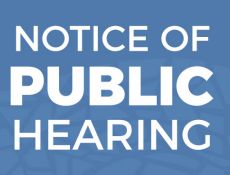WCSD Calendar
May
- Wed - May. 21, 2025 to - May. 21, 2025 Minimum School Day - High School Graduation
- Thu - May. 22, 2025 to - May. 22, 2025 Last Day of School (High School Graduation)
- Fri - Jul. 04, 2025 to - Jul. 04, 2025 Independence Day (District Office Closed)
- Sat - Jul. 04, 2026 to - Jul. 04, 2026 Independence Day (District Office Closed)
- Sun - Jul. 04, 2027 to - Jul. 04, 2027 Independence Day (District Office Closed)




















